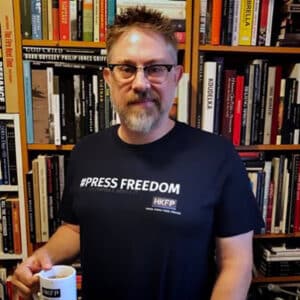"I first became interested in photography after my son died,” tells Dr. Greg Gulbransen, a pediatrician practicing in suburban Long Island. “I found the camera to be a comfortable way to spend time alone with nature as I was walking through ocean bea...



